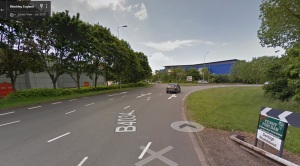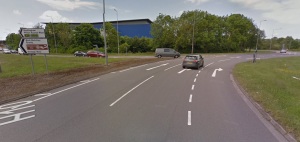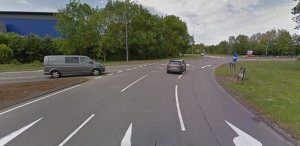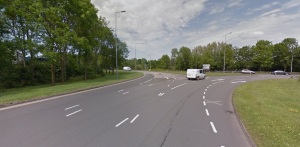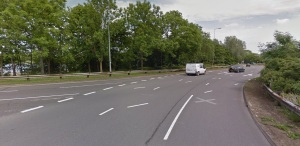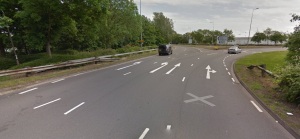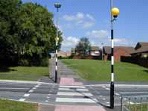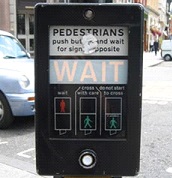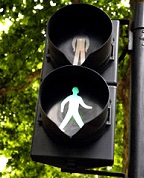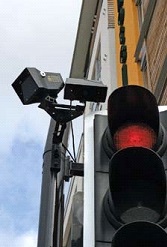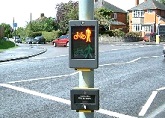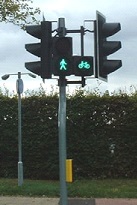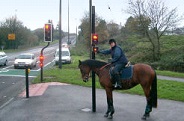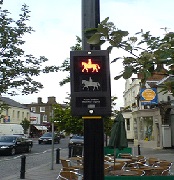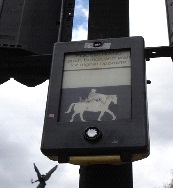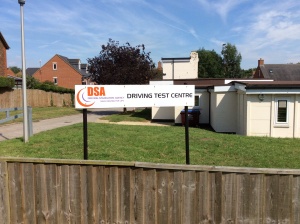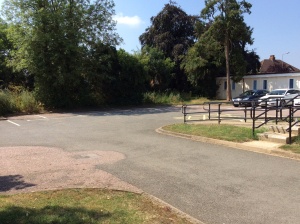Learning to drive with family or friends can save you money and help you get to test standard quicker, but I recommend you still use a qualified driving instructor and just practice with family or friends. You should also ask your driving instructor when they feel that you are competent enough that private practice with family or friends would be safe and of benefit.
If you are going to teach someone to drive you will need to use a suitable car that is insured for the purpose of teaching them. You must have also held your licence for a minimum of 3 years and be at least 21 years old. You must also have L-Plates clearly displayed both front and rear, these should be taken back off the car when the learner is not driving. It’s also recommended that you have a rear view mirror fitted so that your are aware of what is following you and you can help with appropriate action should the need arise.
Taking them out to early can knock their confidence if they are out of there depth and don’t let them develop habits that would have a detrimental effect on their driving. i.e poor steering techniques or not using the mirrors effectively.
If you are going out for the first time then you won’t really know what their driving is like until you have seen it. Always drive them to a quiet place ideally a quiet estate. Do this even if they have had many driving lessons as they will need to familiarize themselves with the car and they may feel a bit nervous as they would have always had the safety net of an instructor with dual controls and helping where needed.
Learner drivers react slowly so give them plenty of time to do things and if they have not done something before or by the time you would have, then talk them through what they need to do. You may find that if the learner panics that they freeze and stop responding to what you are saying and then things may go wrong. If this happens or they do something dangerous then this can be frightening and stressful but it is important not to show any stress or fear or they will get very upset which you don’t want when they are behind the wheel. Where possible pull over and discuss what happened. Try not to just tell them off, try to have a constructive discussion about it trying identify why they did what they did and what they should have done.
Tips for accompanying learner drivers:
- Don’t expect them to drive as well as you!
Learners are learning and there may be areas that they are weak in, as such their control of either the car or a situation may not be as good as you might expect. Find out how good they are by starting of in a quite area and building up what they have to deal with as you become more confident in their ability.
- Choose appropriate routes carefully!
Try and plan routes based on the ability of the learner. Its no good taking someone who has only had a few lessons and expecting them to be able to cope on a busy roundabout with cars whizzing around them. This could really knock their confidence or have a detrimental effect on them. This could also be dangerous as they may panic and cause an accident.
If the learner makes a mistake stop them when safe and appropriate and discuss what happened. Talk about What, why and how. What did you do? Why did they do it? How they should have done it. Once you have done this, if possible go and practice this so that they can work on improving their actions. But this may not be possible to completely recreate the scenario.
Be ready for absolutely anything, you should be able to identify any potential dangers, the learner may not have so it would be best to ask them questions or point them out. You must also be prepared for the learner to do what would seem a random thing to you.
- Their Driving Instructor is “always” right!
If the learner does something different to what you would do yourself ask them why, but if they say that my instructor has taught me to do it this way then except this as correct at that time and talk to their instructor about it. Remember things may have changed since you learned to drive or there may be a reason that the instructor has asked them to do it. Remember that sometimes learners do tell “porkies” or may have mis-interprated what was meant.

